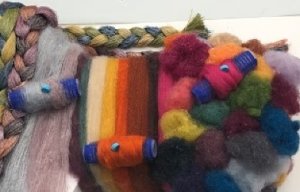
Filo yarns in full flow for 2021
Opinion


Filo was a vigorous show as it reflected on 20 years and 40 editions of the yarn exhibition in Milan. It symbolised the feeling of new found direction which has flourished lately in the Italian industry. The focus on the values of Made In Italy, and concomitant values of exhibitors from other countries has reaped benefits over the years. High end yarn producers from Switzerland, France, Japan and international companies like Lurex are part of a concerted effort to retain and nurture the high quality spinning industry represented in Filo by well-known fashion and technical spinners for both knit and weave.
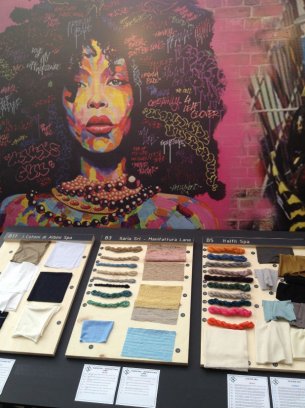
15th October 2013
Janet Prescott
|
Milan
Filo was a vigorous show as it reflected on 20 years and 40 editions of the yarn exhibition in Milan. It symbolised the feeling of new found direction which has flourished lately in the Italian industry.
The focus on the values of Made In Italy, and concomitant values of exhibitors from other countries has reaped benefits over the years. High end yarn producers from Switzerland, France, Japan and international companies like Lurex are part of a concerted effort to retain and nurture the high quality spinning industry represented in Filo by well-known fashion and technical spinners for both knit and weave.
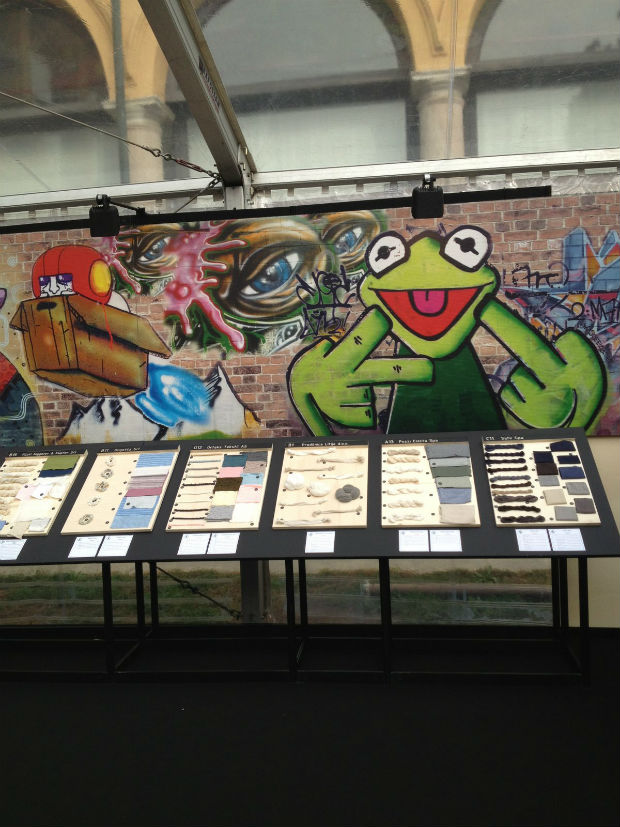
Filo has become more international both in exhibitors and visitors over time, servicing a wide but nevertheless niche market which relies on new ideas and excellent raw materials to distinguish itself from the offer of competitors. These spinners are servicing brand suppliers of fashion fabric and high quality classics and many are knitters. Yarn samples shown for summer 2015 included many examples of jersey, an area of continuing focus in fashion terms, combining technical features with sophisticated yarns using slubs and texture. The growing home and interiors textiles industry which has come into play which now encompasses to a greater extent knitted elements as well as wovens, using performance yarns and finishes.
An upbeat, 60s pop look was underlined by the graphics, bold, colourful graffiti art as a background in the trend area, designed by the maestro Gianni Bologna who carefully selected the yarns and fabrics to illustrate a new-found confidence and clear cut design direction for summer 2015. This included special effects like shine and sparkle, amply illustrated by the new Lurex lightweight yarns, showing that flamboyance is back, if it ever went away. Orteks, Turkey, space age shootings star effects were achieved by slubs and random colours in polyester/viscose jerseys, a neon space look with inject slub cotton /polyester yarn.

A large number of knitted yarns and samples were selected in this bright trend area, the focus of which was looking to the future with young, dramatic designs epitomised by graffiti and pop images. It underlines the message of the season signalled in Milan and Premiere Vision that the future for high quality fabrics and yarns lies with exploiting youthful, go-ahead design aspects, tilted to the newly affluent consumers in various markets which are not hidebound by tradition. This has made design more colourful and interesting this season and it’s finding approval in Europe too.
New mixtures and blends are bringing in quality man-mades to join the luxury summer fibres like wool, cotton, silk, cashmere in the classic fashion area. In addition, blends like Micromodal/silk and cotton show the growing importance of cellulosics in the luxury area, including bamboo. Cotton is frequently mixed with viscose. Cotton partnered with Tencel, reflected the message of Lenzing to the press in Paris, that the two fibres are ideal partners, producing soft, fine results with a great deal of texture, knops, slubs and varied colour effects. Pozzi Electa showed viscose and linen in loose knits or more solid constructions with tiny slubs giving a gravelly effect.

There was also a larger number of yarns with polyamide and polyester components, mainly for decorative effects as well as handle. Linsieme showed soft jerseys in 80/20 cotton/viscose and 93/7 viscose/lamé or 65/25 linen/cotton. Lycra and other elastanes was mixed with cotton for the essential stretch factor which is required increasingly for menswear in particular. Several buyers were overheard looking for ‘super stretch’.
Leinefelder (D) presented a typical fibre mix: micro Tactel and cupro, cupro and 10 per cent silk, or 70/30 pes/linen - a wide mix to join 60/40 cotton/wool, for coloured jerseys. Handwork and craft looks came from Luisa (It) introducomg hand-knitting yarn looks in mercerised cotton tube and ribbon constructions and 60/40 linen/cotton in rainbow colours.

High quality and easycare focus included washable extrafine Merino showcased by Italfil to respond to public demand for washable knits, particularly in the sock market, which continues to be a massive area. In 100 percent Merino, or with15 percent silk it represents the value of producing high quality natural yarns for constant wear garments which can be treated the same way as synthetics.
Colours ranged from the main trend shades in blues- teal, royal and china blue - bright yellow and mid red to startling neon colours incorporated in knitted stripes like the bright pinks and yellow at Karsu, Turkey, in Modal/cotton, or Coolmax carbon ring yarn. A particularly interesting single jersey, 180cm width in modal/cotton brights ticked all the boxes. ‘Colours are important even for socks said Italfil (It) customers are getting fed up with classical shades’.
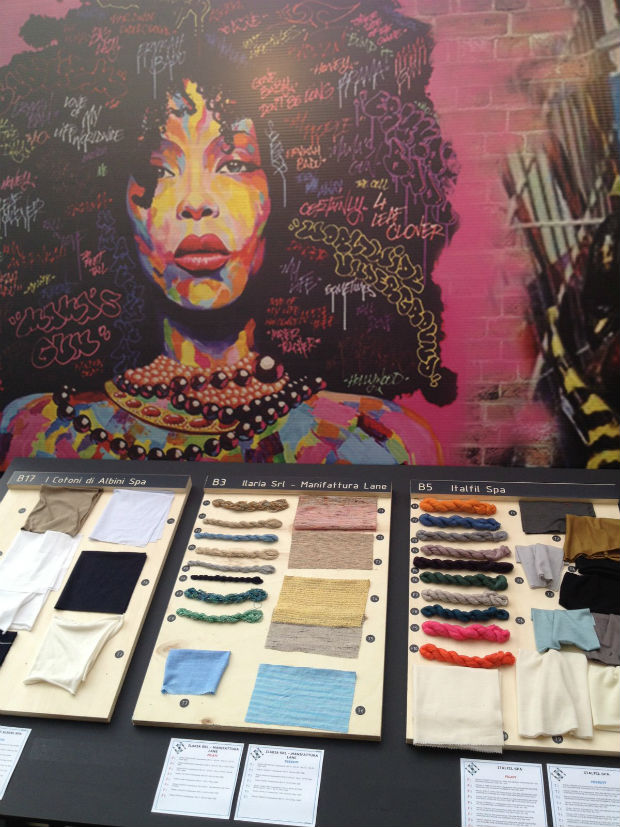
Many textures were more crunchy, often the result of the addition of linen. Marchi & Fildi were big on 70/30 cotton/linen, or vicose with a small amount of polyamide. There was a series of very fine knits, in 79/21 cotton/linen, soft to touch yet with a drier handle. Even Botto Poala had a coarser yarn in silk with 48%linen.
Polyamide sparkle and fancy yarns have not lost their impact. Spinaker (IT) cotton/poly yarn had big slubs and knops, a rare vintage approach enlivened with sparkle. Similarly Tearfil’s (Pt) jersey had metallic slub yarns shiny with viscose and acrylic. Niggeler & Kupfer (It) had 100 per cent cotton but also 82 cotton/polyester for decoration.
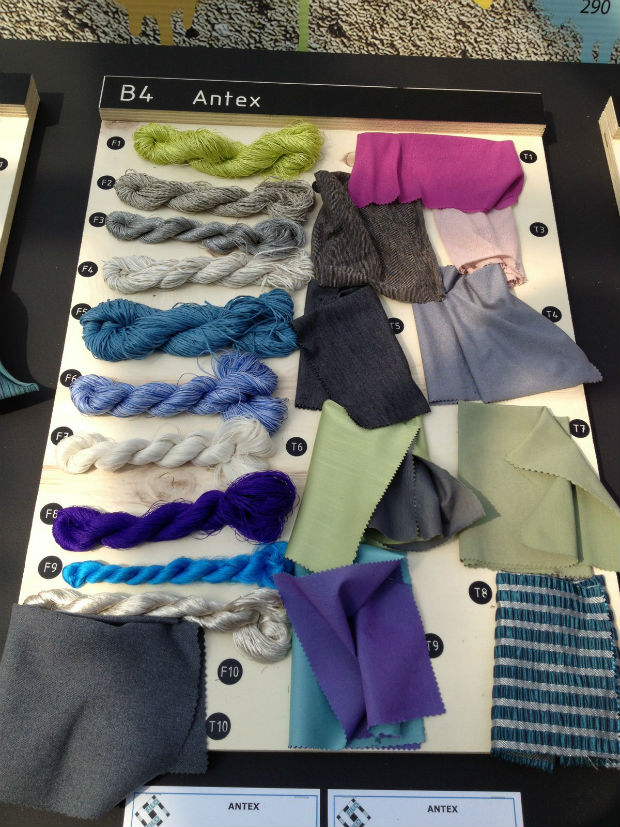
Second Co, Japanese agent for Yamada Textile and Taihei showed many fancies, including chenille, some containing synthetic fibres as well as cotton. These included Taihei cotton/ polys as well as acrylic/nylon. Yamada had paper yarn, printed rayons and also polyester, in very delicate pale pastels and technical yarns for both circular and flatbed knitting.
Supply speed and stock is of the essence as the pace of business continues to fluctuate. Technoyarn (It )specialises in yarns for sock-making- Synthetics, filament and spun cotton yarns, raw white and dyed, and aims at a quick service for knitters and sock-makers. Cotton, viscose and linen, joined raw white and dyed blends of wool with angora/ silk, polyester/flax and cotton/flax.

Business intelligence for the fibre, textiles and apparel industries: technologies, innovations, markets, investments, trade policy, sourcing, strategy...
Find out more